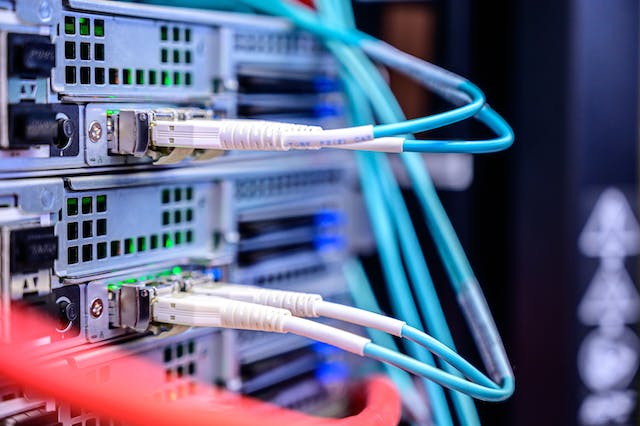In the world of networking, the term “switch” is a fundamental concept that plays a pivotal role in facilitating communication between devices. Whether you’re browsing the internet, streaming videos, or accessing files on a shared server, switches form the backbone of modern network connectivity. In this blog, we’ll delve into the intricacies of switches, exploring what is a switch, how they work, and their crucial role in ensuring seamless data transfer.
What is a Switch?
At its core, a switch is a networking device that operates at Layer 2 of the OSI (Open Systems Interconnection) model, which is the data link layer. Unlike hubs or repeaters, switches are intelligent devices that can make decisions based on the MAC (Media Access Control) addresses of the devices connected to them. They play a crucial role in directing data traffic within a local area network (LAN), effectively acting as traffic managers to optimize the flow of information.
How Does a Switch Work?
Switches operate by creating a dynamic table known as a MAC address table or content addressable memory (CAM) table. This table maps the MAC addresses of connected devices to the physical ports on the switch. When a device sends data to another device on the same network, the switch uses this table to determine the destination MAC address and forwards the data only to the port where that device is connected. This process, known as “switching,” enables efficient communication within the network by minimizing unnecessary data transmission.
Key Features and Types of Switches:
- Managed Switches:
- These switches offer advanced features and can be configured to meet specific network requirements.
- They provide better control over network traffic, security, and monitoring.
- Unmanaged Switches:
- Designed for simplicity, these switches are plug-and-play devices with no configuration options.
- They are suitable for basic home or small office networks.
- Layer 2 and Layer 3 Switches:
- Layer 2 switches operate at the data link layer and make forwarding decisions based on MAC addresses.
- Layer 3 switches, also known as multilayer switches, can perform routing functions at the network layer (Layer 3) in addition to switching.
- PoE (Power over Ethernet) Switches:
- These switches can deliver both data and electrical power to devices like IP cameras and VoIP phones through a single Ethernet cable.
Importance of Switches:
- Efficient Data Transmission:
- Switches enable efficient and direct communication between devices, reducing network congestion and improving data transfer speeds.
- Enhanced Security:
- By forwarding data only to the intended destination, switches contribute to network security by minimizing the risk of unauthorized access to data.
- Scalability:
- Switches provide a scalable solution for networks, allowing additional devices to be seamlessly integrated without compromising performance.
- Improved Performance:
- With the ability to segment traffic and create dedicated communication paths, switches contribute to overall network performance and reliability.
Conclusion:
In conclusion, switches are the unsung heroes of modern networking, facilitating the seamless flow of data within local area networks. Their intelligence, efficiency, and scalability make them indispensable for the functioning of everything from small home networks to large enterprise setups. As technology continues to advance, switches will undoubtedly play a crucial role in shaping the future of network connectivity.
